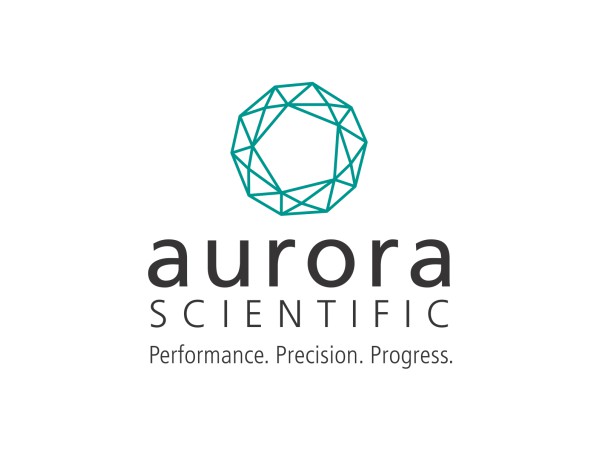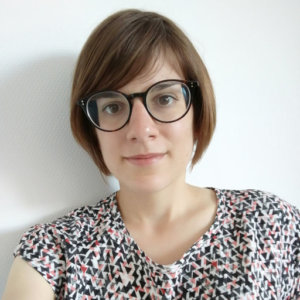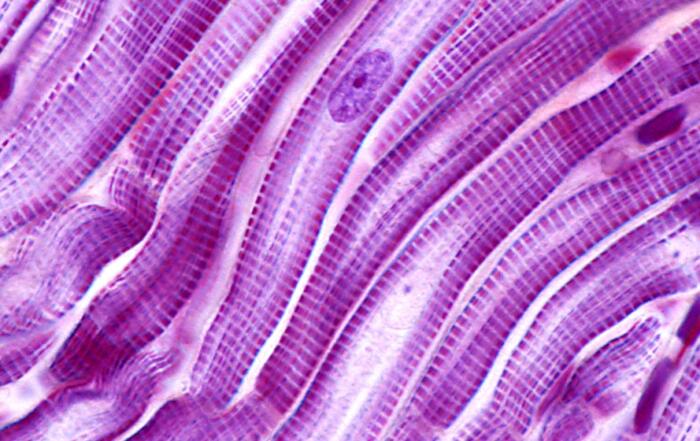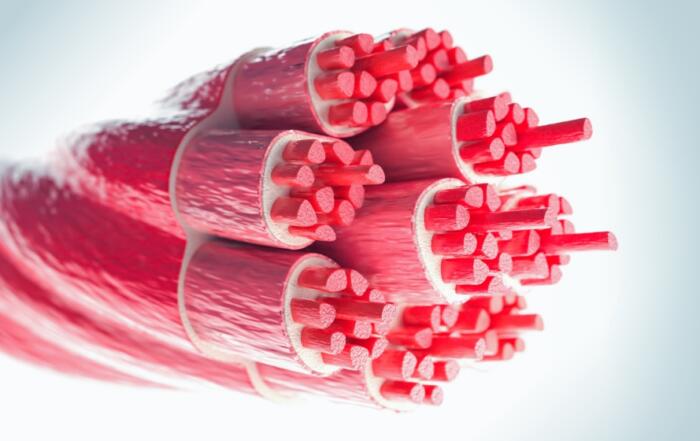ASO-Mediated DNM2 Knockdown for Centronuclear Myopathies
Engineer
Dynacure
Centronuclear myopathies (CNM) are a group of severe muscle diseases for which no effective therapy is currently available. We have previously shown that reduction of the large GTPase DNM2 in a mouse model of the X-linked form, due to loss of myotubularin phosphatase MTM1, prevents the development of the skeletal muscle pathophysiology. As DNM2 is mutated in autosomal dominant forms, here we tested whether DNM2 reduction can rescue DNM2-related CNM in a knock-in mouse harboring the p. R465W mutation (Dnm2RW/+) and displaying a mild CNM phenotype similar to patients with the same mutation.
This Virtual Poster has been made available to the scientific community by Aurora Scientific, Inc.
Aurora Scientific, Inc.
Aurora Scientific supports the scientific community in its goal of research and discovery by providing precision instrumentation of the highest quality design, construction and functionality for Muscle Physiology, Material Science and Neuroscience applications.

Additional Content From Aurora Scientific, Inc.
Molecular Signals Mediating Increases in Muscle Size and Function
In this webinar, Dr. Bert Blaauw elucidates skeletal muscle regulatory pathways and offers approaches to tackle muscle deficits for therapy.
Cut and Paste of Myosin Binding Protein-C in Striated Muscles
Dr. Samantha Harris discusses the development of three new mouse models in her lab, engineered to target and replace specific myosin binding protein-C paralogs in muscle fibers and impact of their mutations on skeletal and cardiac muscle diseases.
Integrating Patient Engagement and Trainee Development in Pre-Clinical Research
Christopher Perry, PhD discusses how his laboratory aims to discover mechanisms by which metabolic dysfunction causes muscle weakness and apply these findings to develop new therapies for muscle disorders. Homira Osman, PhD provides a particular focus on leveraging scientific findings for practice and policy and linking trainees with patient communities.
Related Content
Control of Muscle Glucose Uptake in vivo: Thinking Outside the Myocyte
In this webinar, David Wasserman, PhD provides a more complete understanding of muscle glucose uptake through consideration of the integration of physiological systems that control this process.
Functional Recovery of the Musculoskeletal System Following Injury – Leveraging the Large Animal Model
Watch Dr. Sarah Greising discuss the current pathophysiologic understanding of the skeletal muscle remaining following traumatic musculoskeletal injuries.
Cardiac Tissue Slices: Preparation, Data Acquisition, and Analysis
Dr. Bradley Palmer demonstrates the challenging preparation of cardiac tissue slices and measurement of force and calcium.






